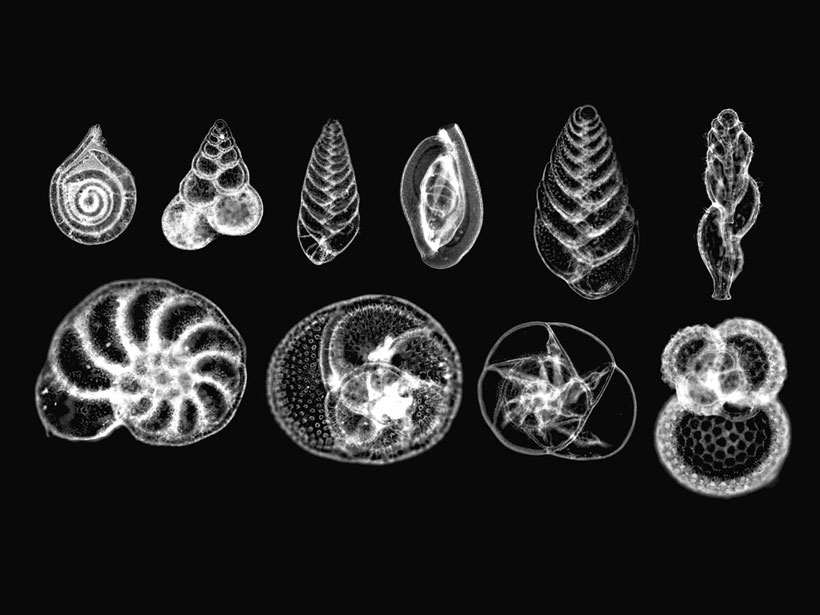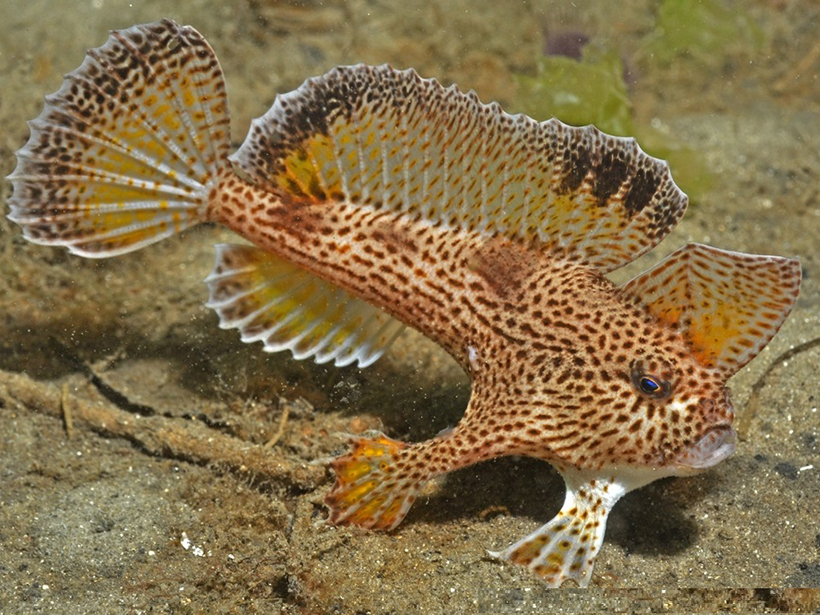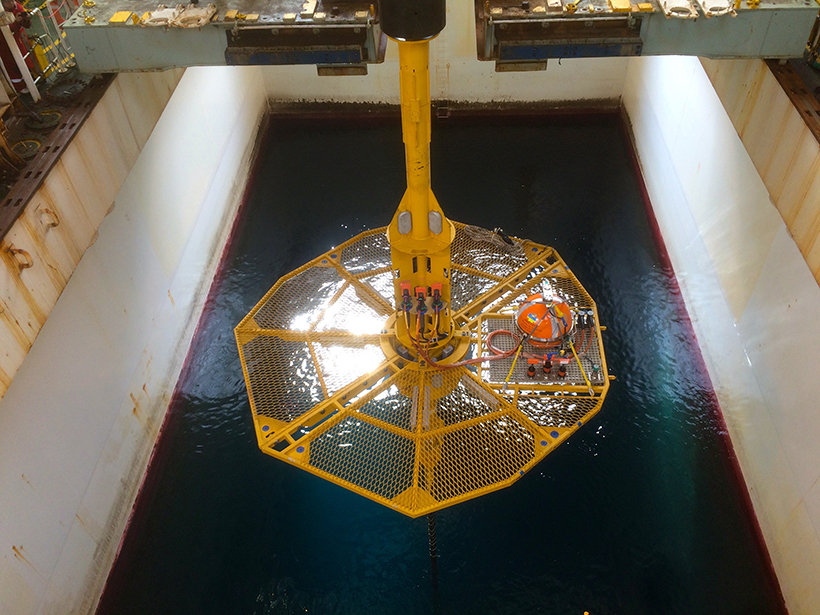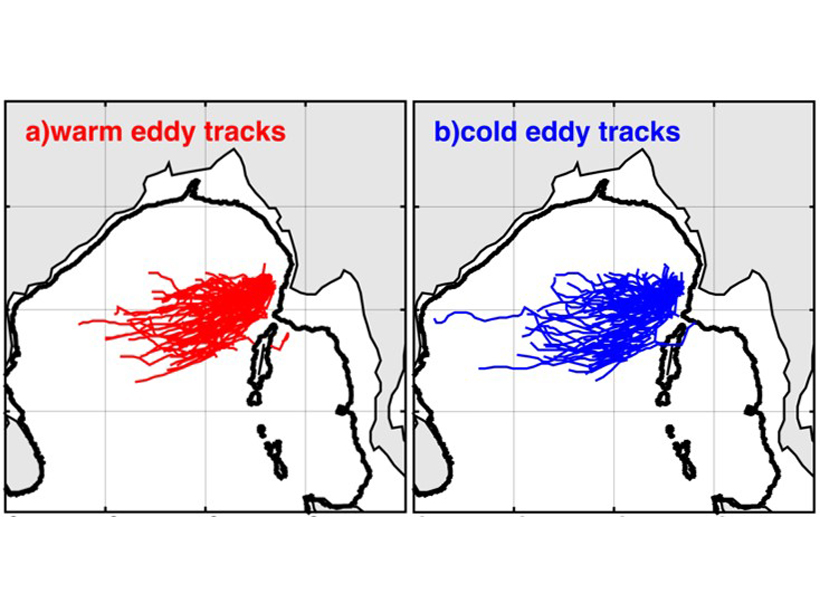With a discovery made from fossils in the seabed, paleoceanographers and paleoclimatologists began tracing the delicate path between ancient eras and our future.
seafloor
Making the First National Seafloor Habitat Map
Seamap Australia integrates seafloor maps with information on plant and animal habitats, environmental stressors, and resource management to create a first-of-its-kind resource.
In Search of Life Under the Seafloor
A multinational research team drilled into the seafloor to see whether chemical processes in exposed shallow mantle rocks could generate nutrients to support life in the subsurface.
In a Submarine Trough, Permeable Rocks May Lead to Quakes
In Japan’s submarine Nankai Trough, rock permeability is much higher when measured at larger scales, likely because of big fractures and faults that are not captured at small scales.
Tiny Marine Shells Reveal Past Patterns in Ocean Dynamics
A 400,000-year calcium carbonate record from the ocean floor sheds light on deep-ocean circulation and on mechanisms driving climate patterns and atmospheric carbon dioxide concentrations.
Eddy Generation in the Central Bay of Bengal
Eddies in the central Bay of Bengal are generated near the eastern boundary of the basin, related to equatorial wind forcing, nonlinearity, and the topographic “bump” of Myanmar.
Audio Reveals Sizes of Methane Bubbles Rising from the Seafloor
A sensitive underwater microphone captures the sounds of methane, a potent greenhouse gas, escaping into waters off the coast of Oregon. Using this sound, researchers can estimate the bubbles’ sizes.
Scraping Bottom: Iceberg Scours Reveal North Atlantic Currents
A 3-D seismic analysis of Pleistocene iceberg gouges indicates that surface currents in the Norwegian Sea flowed northward and remained consistent during numerous glacial cycles.
On the Origin of Infragravity Waves
Seafloor pressure sensor data show that long-period ocean surface waves radiating from the world’s shorelines are mostly reflected back to shore by the continental shelf edge.
Life and Death in the Deepest Depths of the Seafloor
Lacking light and energy, under-seafloor microbes rely on ancient organic materials to survive.










